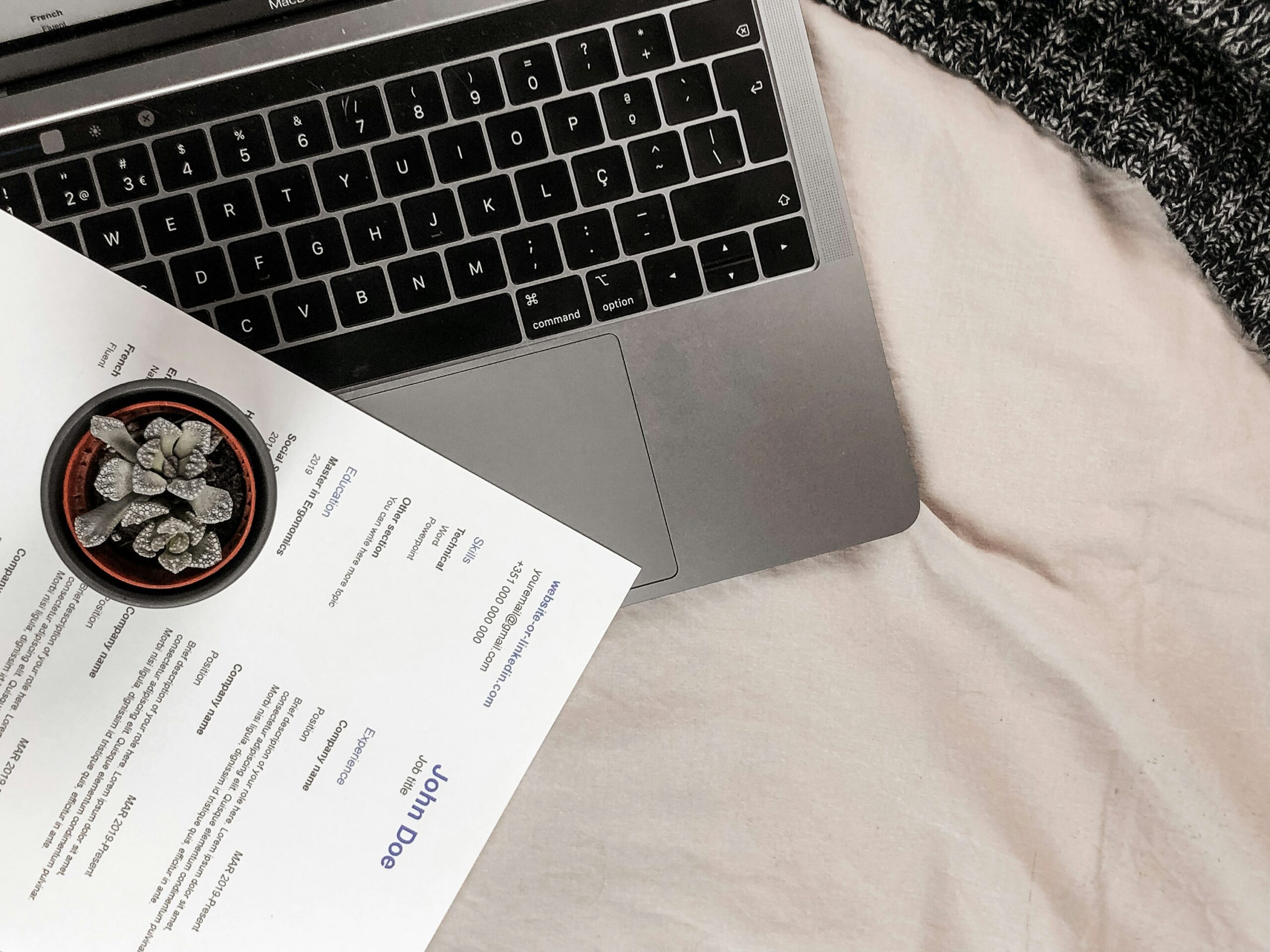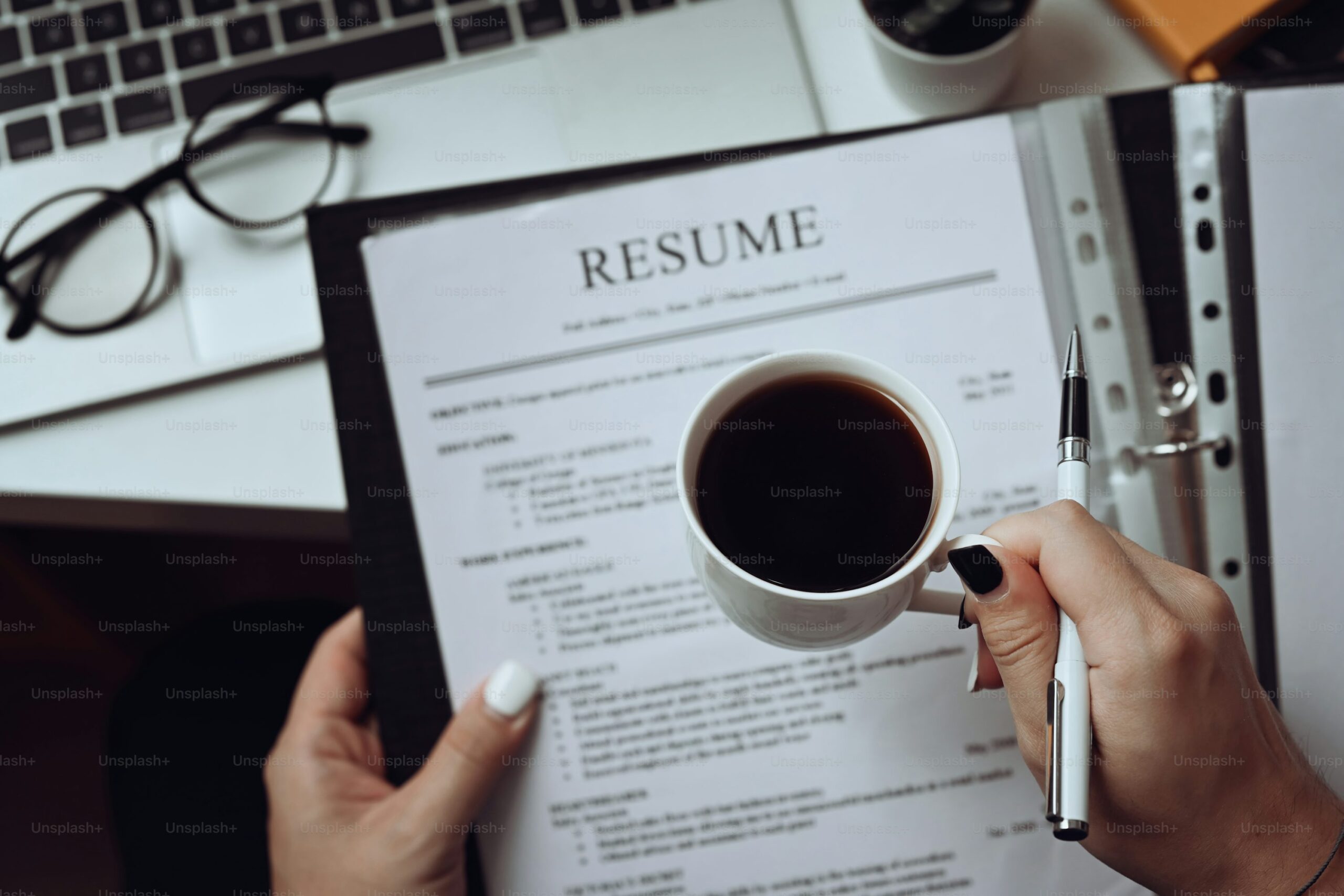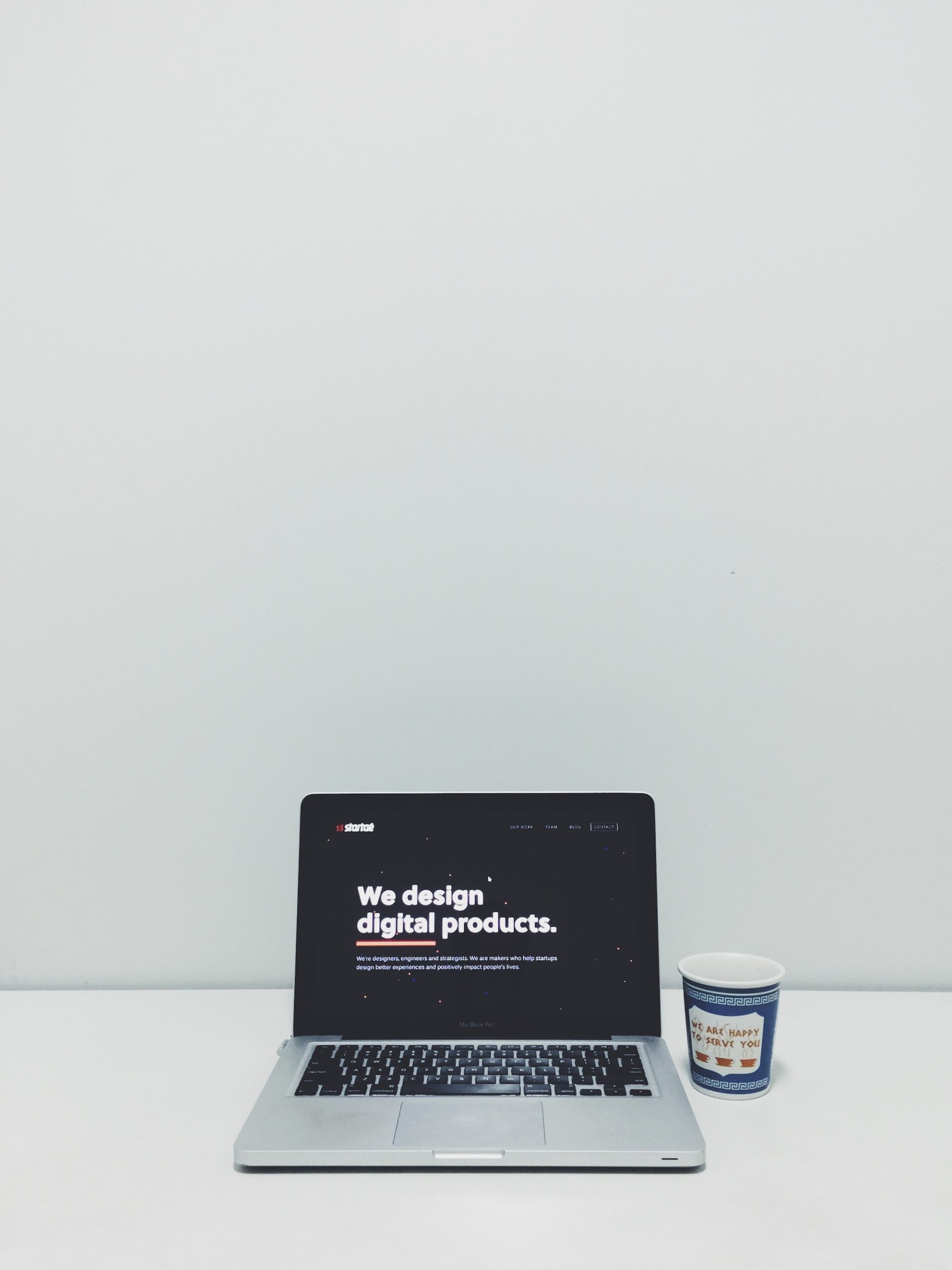A strong résumé is more than just a list of jobs and skills—it is your personal invitation to an employer. I have seen firsthand how a well-designed résumé can open doors and lead to new opportunities.
In my experience, taking the time to make your résumé stand out can make all the difference in landing that interview. This post explores what makes a résumé truly eye-catching and offers practical tips to help you build one that showcases your skills and personality.
Why Your Résumé Matters
A résumé is the first introduction you have with a potential employer. Recruiters often spend just a few seconds looking at each résumé before deciding if a candidate is a good fit.
According to Zety, recruiters spend an average of 7 seconds reviewing a résumé, which means your document must grab their attention quickly. A clear, attractive design paired with the right content can help you stand out in many applications.
I believe that every detail matters. From the layout to the language you use, each element of your résumé can either support your candidacy or make you blend into the background. With so many candidates vying for the same positions, having a résumé that is both visually appealing and easy to read is key.
The Building Blocks of an Outstanding Résumé
1. Simple and Clean Layout
A clear layout is essential. I always advise keeping the design simple and neat. Use plenty of white space, clean fonts, and consistent formatting. Here are some tips for a clean layout:
Just Before You Go
Empower individuals to overcome barriers, gain essential skills, and secure gainful employment through our proven programs—KeelMaster, KeelWings, and KeelMate. Your support can spark change and build brighter futures.
Donate Now- Headings and Subheadings: Break your résumé into clear sections like “Work Experience,” “Education,” and “Skills.”
- Bullet Points: Use bullet points to list achievements and responsibilities. This helps the reader scan the document quickly.
- Margins and Spacing: Use enough space between sections and margins to avoid a cluttered look.
Using a minimalist design not only makes your résumé look professional but also helps applicant tracking systems (ATS) read your information accurately.
2. Impactful Content
While design grabs attention, content keeps it. Your résumé should tell the story of your career in a concise yet powerful way. I have found that employers appreciate when candidates quantify their achievements. For example, instead of saying “improved sales,” you could say “boosted sales by 25% within six months.” This gives a clear picture of your impact.
Here are a few tips to make your content shine:
- Be Specific: Include numbers, percentages, or specific projects to show your contributions.
- Tailor Your Information: Adjust your résumé for each job application to highlight the most relevant experience.
- Keep It Concise: Avoid long paragraphs. Short, clear bullet points often work best.
3. Personalization and Authenticity
A personalized résumé speaks volumes about your attention to detail. I suggest adding a touch of personality that reflects who you are while staying professional. A brief profile or summary at the top of your résumé can give a snapshot of your career and personality. Make sure this section answers the question, “What do I bring to the table?” without resorting to overused buzzwords.
A touch of colour in headers or section dividers can also give your résumé a distinctive look, but I recommend using color sparingly to maintain a professional feel. If you work in a creative field, a bit more flair might be acceptable, but in more traditional fields, keeping it simple is usually best.
4. Adaptability Across Platforms
Many companies use ATS to screen résumés. I always recommend saving your résumé in both PDF and Word formats to ensure it displays correctly across different systems. Using a simple layout with standard fonts like Arial or Calibri can help ensure that your résumé is easy to read both by software and by human eyes.
5. Including the Right Keywords
Many employers use software to search for keywords that match the job description. I advise reviewing the job posting and including a few of the relevant keywords in your résumé. However, it is important to integrate these naturally rather than stuffing them in awkwardly. This practice not only boosts your chances of passing ATS filters but also shows that you understand the needs of the position.
Real-Life Examples and Templates
I have explored many résumé examples and templates that can serve as inspiration. Websites like Canva and Zety offer free templates that are both attractive and functional. Using a template can give you a good starting point, but I encourage you to customize it to reflect your own style and experience.
For instance, I once worked with a candidate who had a template with a splash of subtle color and icons that highlighted his key skills. The final result was a résumé that was not only informative but also enjoyable to read. Small visual cues like these can lead the reader’s eye to the most important parts of your résumé.
Do’s and Don’ts of a Winning Résumé
Here is a quick guide to help you avoid common pitfalls:
- Do:
- Keep the design simple and professional.
- Use bullet points to highlight key achievements.
- Quantify your accomplishments with clear numbers.
- Tailor your résumé to fit the job description.
- Use a friendly yet professional tone in your summary.
- Don’t:
- Overuse colors or graphics that can clutter the page.
- Include irrelevant details that do not add value.
- Rely on clichés or generic statements.
- Forget to proofread for spelling or grammatical errors.
- Use a template without personalizing it for your unique skills.
FAQs
How long should my résumé be?
I typically recommend keeping your résumé to one or two pages, depending on your experience. One page is ideal for early-career professionals, while two pages can be acceptable for those with more experience.
Should I include a photo on my résumé?
In most cases, I suggest avoiding a photo unless you are applying for a job in a field where it is expected, such as acting or modeling. Many employers prefer to focus on your qualifications without bias.
How important is the layout compared to the content?
Both are important. A well-organized layout helps present your content clearly, while strong content demonstrates your skills and achievements. A balanced mix of both is key.
Can I use creative fonts and colours?
Use creative fonts and colours sparingly. They can be a great addition in creative fields but may not be suitable for more traditional industries.
What is the best way to tailor my résumé for each job?
Review the job description carefully and adjust your résumé to highlight the experience and skills that are most relevant to that particular role. This might mean rearranging bullet points or even changing your summary statement.
Further Resources
For more detailed advice and examples, I recommend checking out these resources:
- Canva Résumé Templates: A great place to start if you need design inspiration.
- Zety Blog on Résumé Tips: Offers useful insights and statistics to help guide your résumé writing.
- TopResume Advice: Features articles and tips on avoiding common résumé mistakes.
I also encourage you to explore local career centres or professional résumé writers if you need personalized help. Many professionals offer one-on-one consultations that can provide tailored advice for your specific career path.
In Conclusion
Creating an eye-catching résumé is both an art and a science. I believe that a well-thought-out résumé not only increases your chances of getting noticed by a recruiter but also helps you feel more confident as you step into the job market. With a clear layout, impactful content, and a bit of personal flair, you can craft a résumé that truly represents you.
So, I ask you: Which Résumé Is The Most Eye Catching?
Just Before You Go
Empower individuals to overcome barriers, gain essential skills, and secure gainful employment through our proven programs—KeelMaster, KeelWings, and KeelMate. Your support can spark change and build brighter futures.
Donate Now



